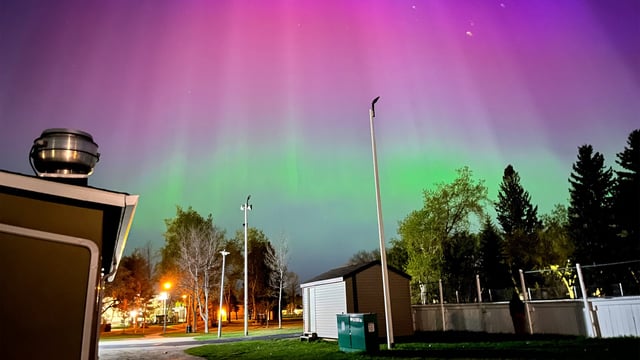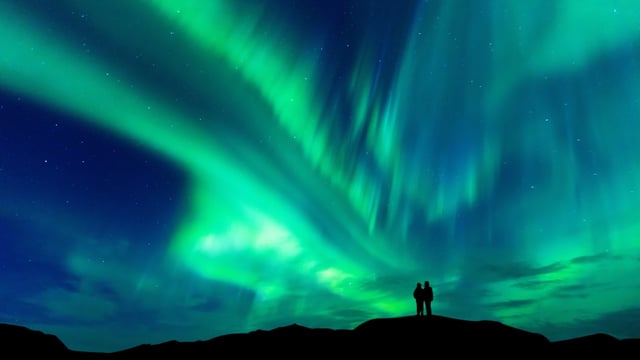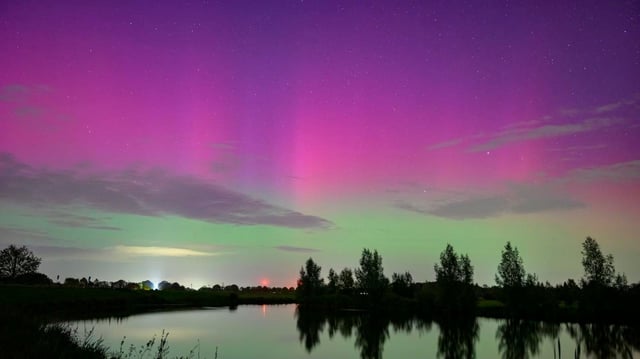Overview
- NOAA expects a minor G1 geomagnetic storm to begin between 0600 and 1200 UTC (1–9 a.m. EDT) on May 28.
- A forecasted Kp index of 5 on May 27 and 4 on May 28 indicates expanded and brighter auroral displays farther from the poles.
- Aurora visibility may extend across northern Washington, Idaho, Montana, North Dakota, Minnesota, Wisconsin, Michigan, New York, Vermont, New Hampshire and Maine.
- NASA astronaut Nichole Ayers filmed unexpected green, purple and red auroras from the International Space Station on May 23.
- Observers should seek clear, dark skies away from city lights between 10 p.m. and 2 a.m. under a new moon for optimal viewing.



